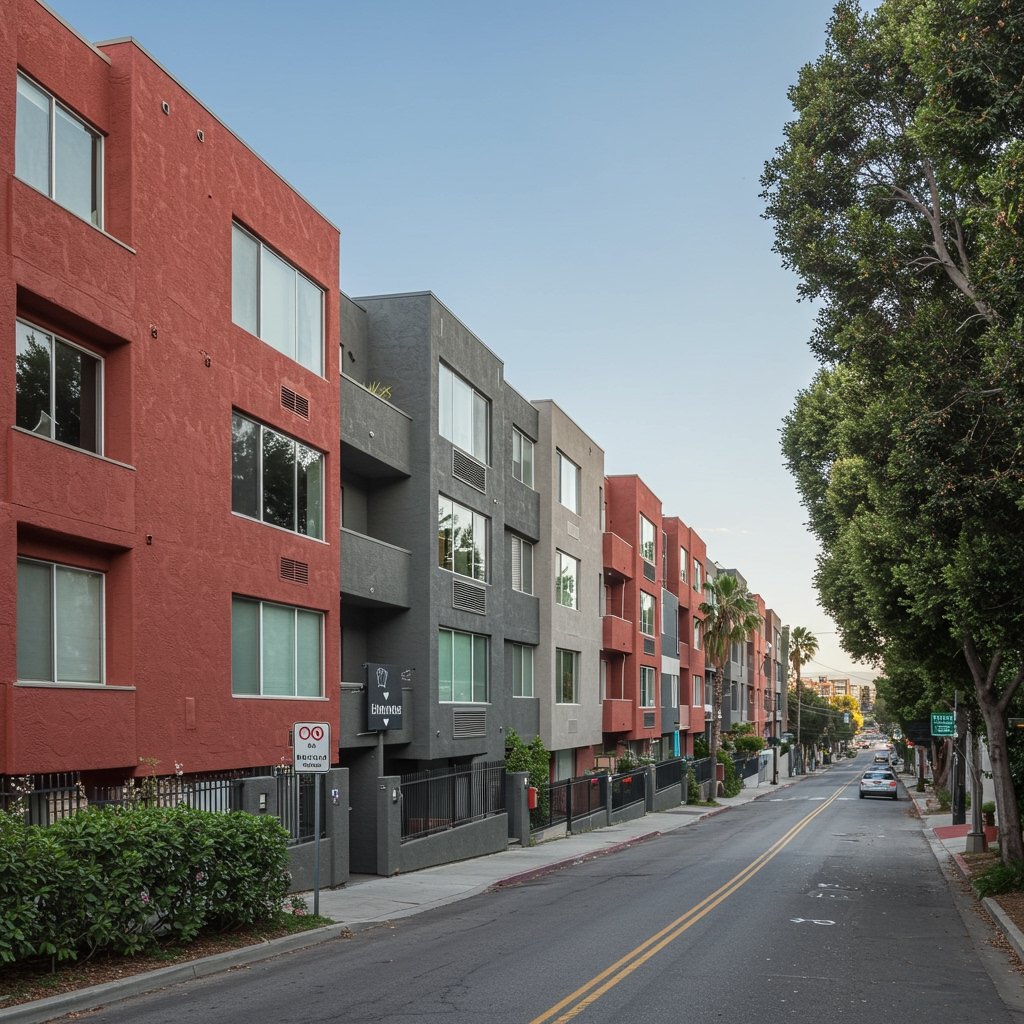LOS ANGELES – In a significant policy shift aimed at accelerating the construction of urgently needed homes, the Los Angeles City Council has approved a sweeping new ordinance designed to streamline the approval process for affordable housing projects.
The measure, passed after months of debate and intense lobbying, targets the city’s severe housing shortage and escalating affordability crisis. Its core mechanism is the bypassing of lengthy and often unpredictable discretionary review processes for development proposals that meet specific criteria related to affordability levels and labor standards.
Proponents argue this legislative action is a crucial step towards boosting housing supply by removing bureaucratic hurdles that have historically delayed or scuttled projects. However, the ordinance has also drawn sharp criticism from community groups, who voice concerns over reduced opportunities for public input and potential negative environmental impacts.
Understanding the New Ordinance
At its heart, the recently enacted ordinance seeks to eliminate a significant bottleneck in the city’s housing production pipeline. Traditionally, many development projects in Los Angeles, even those designated as affordable, have been subjected to discretionary reviews. These reviews can involve multiple city departments, public hearings, and potential appeals, adding years to timelines and considerable uncertainty and cost to developers.
The new law creates an alternative pathway for projects that commit to a certain percentage of units being affordable to low or moderate-income residents. While the exact percentages and income levels are detailed within the ordinance’s text, the commitment to affordability is a non-negotiable requirement for utilizing the streamlined process. Furthermore, projects must also adhere to specified labor criteria, potentially involving provisions related to construction wages or workforce development, a nod to labor unions who often play a role in local development politics.
By meeting these twin requirements – affordability and labor standards – developers can, in many cases, secure administrative approval without the need for extensive public hearings or discretionary actions by the City Council or planning commission. This administrative pathway is intended to provide a faster, more predictable route from project conception to groundbreaking.
Proponents Hail Acceleration as Essential
Supporters of the ordinance, including many city officials, housing developers, and affordable housing advocates, have lauded its passage as an essential intervention in the face of a deepening crisis. They argue that the conventional planning and approval process in Los Angeles is fundamentally broken and incapable of delivering housing at the scale and speed required to meet demand.
“This ordinance isn’t a silver bullet, but it’s a vital tool that will cut through red tape and get desperately needed affordable units built faster,” stated one council member during the final debate. Developers have echoed this sentiment, pointing to the high costs associated with project delays – including interest payments on loans, increased construction costs over time, and prolonged staffing expenses – which are ultimately passed on to the cost of housing.
By providing a clear, faster path to approval, proponents believe the ordinance will incentivize the development of affordable projects, attracting investment and ultimately leading to a meaningful increase in the city’s housing stock, particularly for lower and middle-income residents who have been most impacted by soaring rents and limited options.
Concerns Over Public Input and Environmental Impact
Despite the clear objectives, the ordinance has not been met with universal acclaim. Community groups and some neighborhood associations have voiced significant reservations, primarily focusing on the reduced opportunities for public engagement in the development review process.
Critics argue that bypassing discretionary review diminishes the public’s ability to scrutinize projects, raise concerns about neighborhood compatibility, design, scale, and potential negative impacts. “Taking away public hearings takes away the voice of the community,” commented a representative from a local residents’ association during public testimony. They contend that while accelerating approvals is important, it should not come at the expense of transparency and local control.
Furthermore, concerns have been raised regarding potential environmental consequences. The discretionary review process, particularly through the California Environmental Quality Act (CEQA), has historically provided a mechanism for evaluating and mitigating the environmental impacts of new construction. By limiting discretionary review, critics fear that potential impacts – such as increased traffic, strain on infrastructure, or effects on local ecosystems – may not receive adequate scrutiny or mitigation, potentially leading to unforeseen problems.
Context of the Housing Crisis and Looking Ahead
Los Angeles faces one of the most severe housing shortages in the United States, contributing significantly to rising homelessness and making the city increasingly unaffordable for many residents. The approval of this ordinance is a direct response to the mounting pressure on policymakers to take decisive action.
While the ordinance is now law, its true impact will unfold over time. The effectiveness of the streamlined process will depend on its implementation by the city’s planning department and the willingness of developers to utilize this pathway. It is also likely to face legal challenges from groups who believe it undermines existing environmental or land-use regulations.
The passage marks a pivotal moment in Los Angeles’ approach to its housing crisis, representing a calculated risk to prioritize speed and supply over traditional processes that have, intentionally or not, contributed to the current shortfall. The coming months and years will reveal whether this ambitious legislative push delivers on its promise of creating more affordable homes, while navigating the tensions between rapid development and community concerns.





